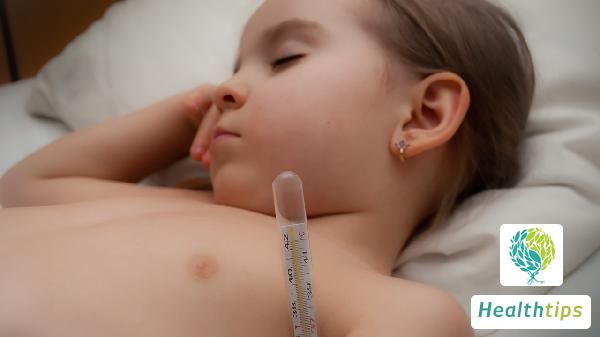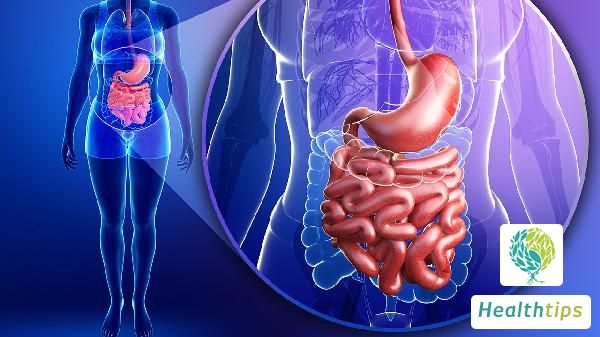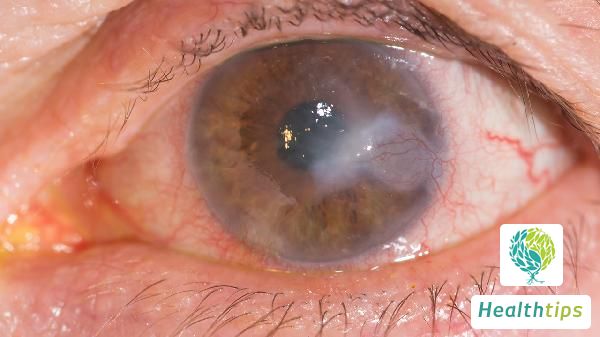Why is Free T3 Low? Causes and Explanations
Many individuals may not be well-versed with the concept of Free T3, leading to concerns when their medical reports indicate a low level of Free T3, wondering if it signifies a serious health issue. However, Free T3, also known as triiodothyronine, serves as an indicator of thyroid function. Understanding the reasons behind low Free T3 levels is crucial.

Low Free T3 levels can be attributed to various factors related to thyroid function. If other thyroid functions are normal but Free T3 is low, accompanied by symptoms like fever or cold, it may be a physiological response. As the condition improves, Free T3 levels tend to return to normal ranges.
1. Causes of Low Free T3: T3, or triiodothyronine, is an iodine-containing tyrosine. It is synthesized in thyroid cells using iodine and tyrosine as raw materials. Thyroid hormones, including Free T3, are released into the bloodstream, where most of them quickly bind to plasma proteins. The bound forms of T3 and T4 (tetraiodothyronine) do not possess biological activity and their levels do not reflect thyroid function. Only a small fraction remains unbound, in a free state, known as serum Free T3 (FT3) and serum Free T4 (FT4). These unbound forms provide the most direct reflection of thyroid function, unaffected by changes in thyroxine-binding globulin concentration or affinity.
2. Production of Free T3: When the thyroid gland is stimulated by TSH (thyroid-stimulating hormone), it releases thyroid hormones. Thyroid epithelial cells engulf thyroglobulin from follicular lumens, and under the action of lysosomal proteases, thyroglobulin is broken down, releasing T4 and T3. Due to their resistance to deiodinase and small molecular size, these hormones can enter the bloodstream through capillaries. Since thyroglobulin contains significantly more T4 than T3, approximately 90% of secreted hormones are T4, while T3 accounts for a smaller portion but possesses greater activity, five times that of T4.
3. Clinical Significance of Free T3: Elevated levels of serum TT3, TT4, FT3, and FT4, particularly TT3, indicate hyperthyroidism. In rare cases, only serum TT3 may be elevated while TT4 remains within normal ranges. Conversely, decreased levels of these hormones, especially TT4, suggest hypothyroidism. In a few hypothyroid patients, serum TT4 may be low while TT3 remains normal.
It is essential to note that Free T3 levels should be interpreted in the context of overall thyroid function and other relevant clinical information. If you have concerns about your Free T3 levels, it is recommended to consult with a healthcare professional for further evaluation and advice.



















